In the ongoing effort to lower the cost of microgrid deployment, one concept that continues to evolve is that of the modular microgrid, best expressed in a system that can fit inside a single shipping container. It’s not a new idea. Many other types of energy systems – such as batteries and diesel engines – are designed to be shipped and operated permanently inside containers. What is emerging is the concept of a stand-alone hybrid renewable energy system that can be transported easily and dropped at a location – to start generating power with a minimum of setup time.
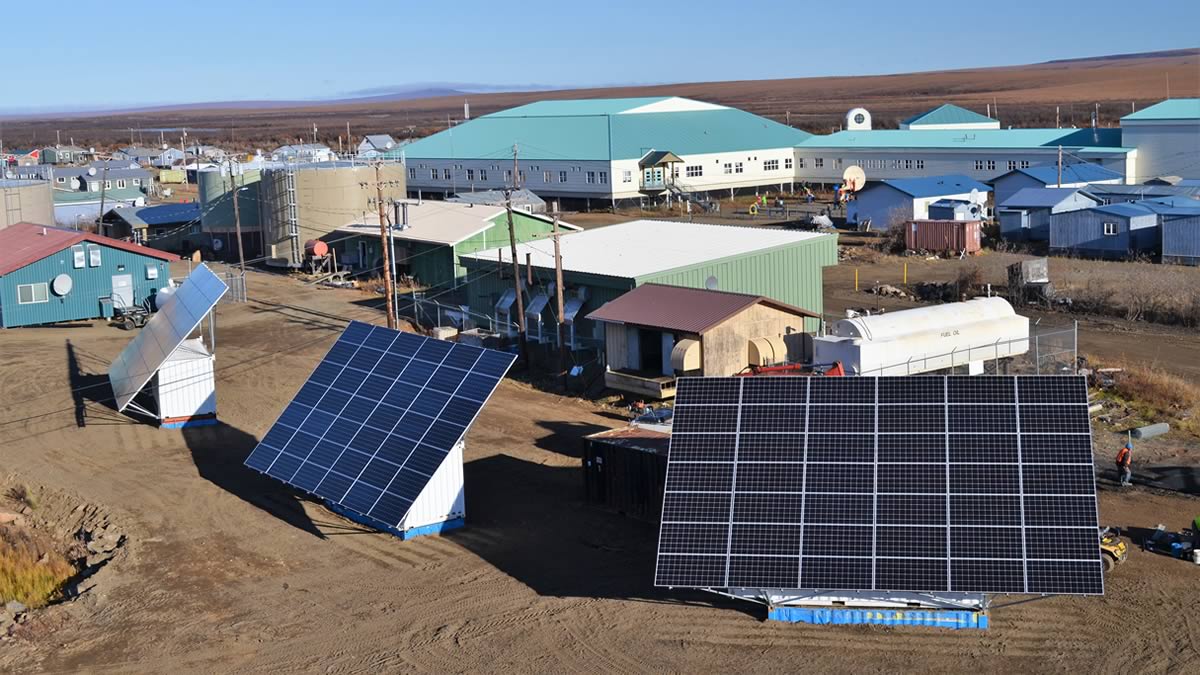
In an effort to bring clean energy to remote customers at affordable prices, the California-based company BoxPower has been standardizing and continuing to refine designs for small-scale power systems that can fit into a container. BoxPower engineer Michele Nesbit says “we’re social impact-focused, so designing cost-effective systems is a key motivation for us.” She says the company is currently providing container-packaged microgrids and renewable energy systems to remote native communities in Alaska and areas in Puerto Rico that are still recovering from Hurricane Maria. BoxPower also sells its systems to anyone who needs an off-grid or mobile power supply, and customers include a California summer camp, a group of protestors temporarily occupying a piece of land, and a solar water pumping system in Hawaii.
Originally conceived by founder Angelo Campus and a Princeton University research project as a disaster relief solution in the wake of the Haitian earthquake, BoxPower is now discovering that container power can be useful in multiple scenarios. While it’s not unusual to find power equipment housed in containers, what sets BoxPower apart is that it’s a complete system that is pre-assembled and pre-wired. It can include solar PV, batteries, inverters, a generator, and even a small wind turbine. BoxPower systems are designed to be put together in about five hours and they normally don’t require engineers or electricians or heavy machinery to build them once they arrive on site.
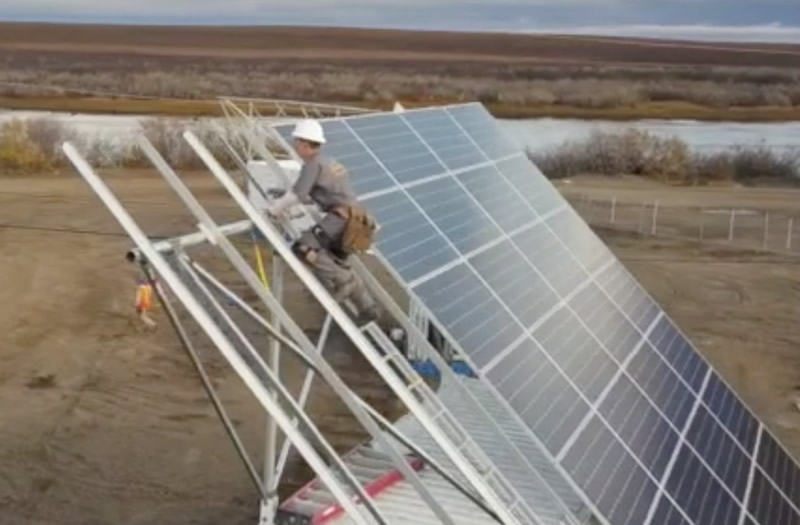
Although the company has now developed a product line with 36 configurations to choose from, the basic BoxPower container microgrid system can power six homes. Furthermore, multiple containers can be linked together to form a networked microgrid. Shipping the pre-assembled system in a container cuts down on logistical costs and provides protection for the new system while it operates on location. That reduces install time and results in a rugged setup that can withstand the harsh conditions of an Alaska winter. “We can prepare these systems and ship in two weeks to a month,” says Nesbit. “Because they are pre-engineered, we can just hit GO.”
BoxPower uses HOMER Pro to model their systems, especially any new configurations, and ensure they are using the best combination and sizing of components. With HOMER Pro they can also model factors like the energy output, fuel consumption, battery lifetime, payback periods, and system operation and control.
Extending solar capacity via rapid deployment
Nesbit says that customers can order different sized PV systems, and that the 8×20 foot container actually serves as a structural foundation for the solar system, which can be cantilevered off the container for a maximum of 60 panels per container. That creates a system with 22 kW capacity. The standard system size is a 20×40 PV array. “It doesn’t really matter where the container is going,” says Nesbit, “when it arrives it’s always going to be the same structure no matter what the location is.” The thing that changes is the size of the PV system. BoxPower can scale up to 230 kW of solar, and link up to 24 shipping containers. The container components delivered by BoxPower can also link up with existing microgrids or grid-tied distributed energy projects.
Greening Alaskan microgrids
Last year BoxPower was a winner in a competition sponsored by Launch Alaska, an Anchorage-based business accelerator. Now the company is “greening” the power supply in several Alaskan villages by adding solar PV to existing diesel microgrids. Many remote Alaska villages are still very dependent on diesel generators, which require diesel fuel to be flown in at enormous expense or delayed until it can be transported safely via rugged Alaskan terrain and waterways in just the right weather conditions. But this is changing as more villages opt for cleaner power and savings on expensive diesel fuel. Although this used to be limited to areas with good wind resources (quite common in parts of Alaska), solar has now become inexpensive enough to be cost-effective even in Alaska. Teaming up with ABB and Saft, which provide batteries and inverters, BoxPower is working to get more renewables in the villages of Buckland and Kobuck. With the help of a BoxPower microgrid-in-a-container, they will soon have their own power supply. Buckland has an existing diesel microgrid, but BoxPower will add renewables to that equation.
Bringing emergency power to Puerto Rico
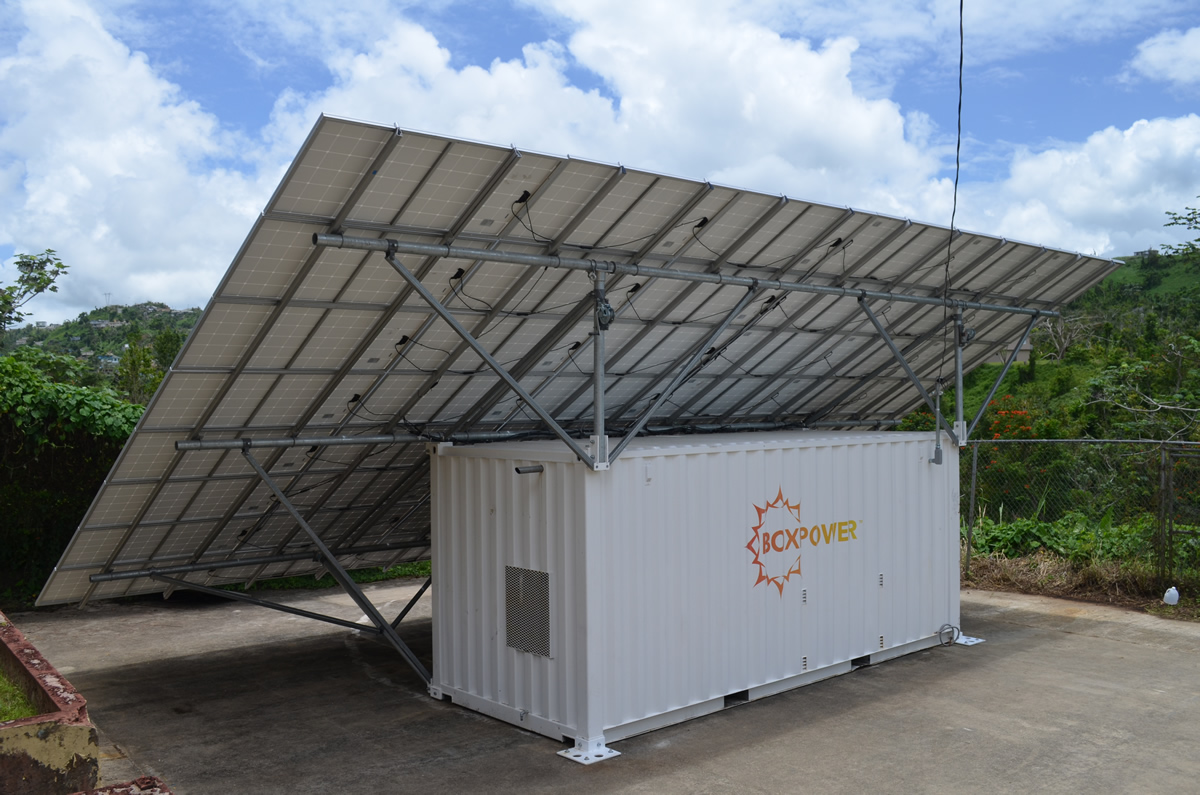
In the wake of Hurricane Maria, BoxPower wanted to contribute to the recovery in Puerto Rico by providing mobile, self-sufficient energy systems, so they rushed a container system to a community center on the island that was feeding 300 elderly residents. Now that microgrid – with 17 kW of solar, plus batteries and a diesel generator – is powering what has expanded to a community center, laundromat, co-working space, and mental health facility. BoxPower is working with local companies in Puerto Rico to expand its footprint on the island and may begin assembling new containers there. “They’ve streamlined the regulations, so right now there is an easier path to innovative energy projects,” explains Nesbit. “Before that happened, people were waiting for months for permission to connect to the utility grid.”
BoxPower believes mid-sized systems are a “sweet spot”
“We fill the gap between mini grid and micro grid,” says Nesbit. “It’s really hard to get the in-between scale where you have 150-250 kWh battery storage. This is definitely a sweet spot for smaller village projects, and there’s a definite need for systems that size.” For an average 16 kW of solar / middle-range off-grid microgrid, Nesbit says the cost for a completely installed system, including permitting, is going to run approximately $80,000 to $90,000. That also includes a bit of training. “Education is a big thing for us too,” she points out. “A huge part of what we do when we have a deployment is teach people how to assemble the system. That way, if they need to expand and add another system, they’re ready to assemble it themselves.” BoxPower’s unique and simple racking system creates this training opportunity and enables more competitive prices, and an ability to keep installation costs within the community.
ASU is developing container microgrids for remote health clinics and refugee camps
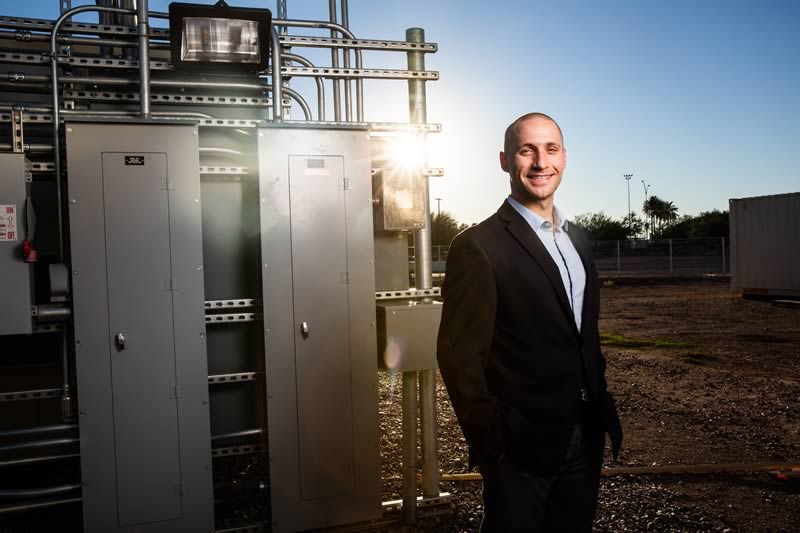
Another developer of container microgrids is Arizona State University (ASU) Associate Professor Dr. Nathan Johnson, who heads ASU’s Laboratory for Energy And Power Solutions. Before beginning his faculty position at ASU, Johnson was an NSF Postdoctoral Fellow at HOMER Energy. “The soft costs for engineering a microgrid tend to be quite expensive,” he says, “so standardizing these systems using a modular approach can reduce costs by 20 to 40 percent.” In one project funded by the U.S. Office of Naval Research, Johnson and his team have designed a medical-clinic-in-a-container that generates enough power to provide electricity and water purification. The system incorporates solar PV, batteries, inverters and a backup generator to power the clinic, water treatment using ultrafilters and ultraviolet, and surrounding structures and public lighting. The water treatment system can clean about 1,200 gallons of water in an hour, which is key because both water and power can be difficult to access in refugee camps. That clinic is now on its way to a Uganda refugee camp to support 12,000 people and should be operational by August 2019. Medical facilities that can be deployed rapidly and that are able to generate their own power and clean water can save lives in disaster relief, humanitarian aid and military operations situations.
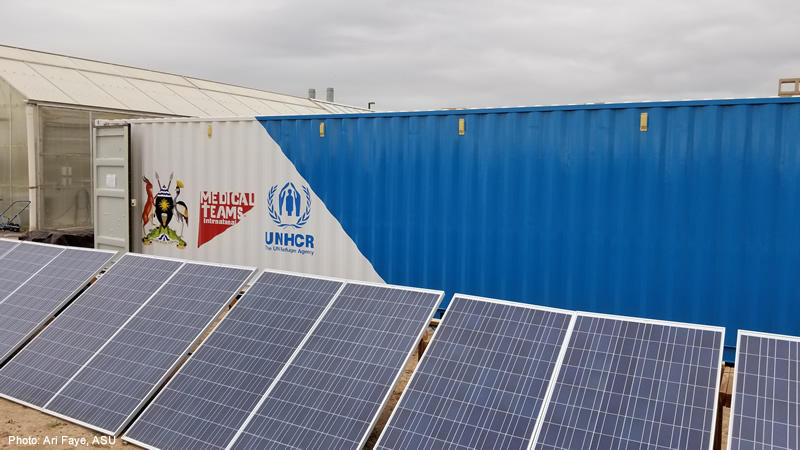
One of Johnson’s top goals is to develop flexible microgrid controls so that multiple containers can be networked together to scale-up and reconfigure the system on demand as needs change during disaster response, remote electrification or defense applications. A key aspect of Johnson’s research is the control systems that manage and coordinate power flows, regulating when PV charges the batteries and turning batteries and generators on and off when appropriate. Managing the dispatch of that energy for one container requires a control system, but managing an entire network of linked container microgrids is an even more complex challenge. Johnson looks forward to the day when that will be an affordable proposition. “Five years ago this was prohibitively expensive,” he says. “Now we have working solutions, some commercial and other pre-commercial prototypes, and in a few years more market solutions will be available to help reach scale at low cost.”
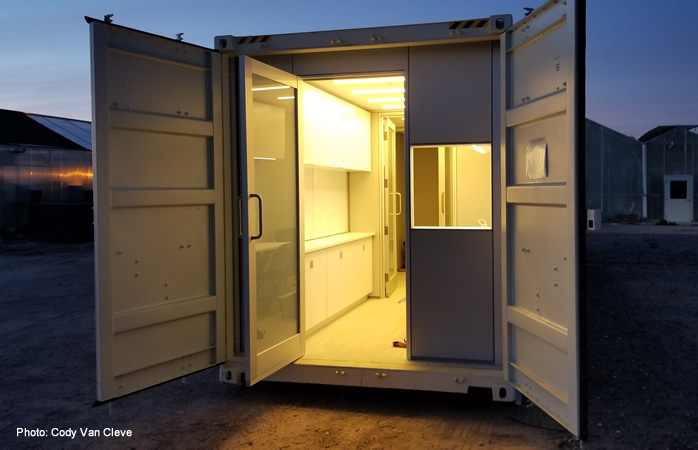
The combination of affordable renewable energy and energy storage systems, matched with improved, lower-cost control technologies is now making the rapid deployment of turn-key clean energy systems possible. These types of systems are poised to replace the workhorse diesel-only microgrids that used to be the mainstay for power supply in remote regions and emergency circumstances.
Dive deeper into this topic with the global microgrid community at the 7th Annual HOMER International Microgrid Conference that takes place on October 7-9, 2019 in Cambridge, MA. Join us to hear over 40 microgrid industry leaders speak about microgrid trends, practical solutions and their experiences. There will be a session on container microgrids at the conference where we will be learning about a real world case study from Michele Nesbit of BoxPower, who deploy these systems worldwide. We hope to see you there.

Join us at the Virtual 8th Annual HOMER International Microgrid Conference, October 12-16, 2020.
Please share news of the HOMER International Microgrid Conference on social media: #HIMC2019


Friends, Micro Grids for Communities is a noble idea. We appreciate your efforts and would like to collaborate. In endeavor to mitigate Climate Change we develop Fuel-less Generators by use of battery and Fly wheel.
Bernard,
Thank you for your comment. Please email us at with details on how you are interested in collaborating.
All the best,
Lili Francklyn